Whether you are an e-commerce business owner, marketer, or your brand’s SEO strategist, your efforts come down to one ultimate goal: conversion.
Many businesses strive to achieve higher conversion rates to remain competitive in today’s economy, and this can only be attained through conversion rate optimization.
Conversion rate optimization involves improving a website’s performance to increase sales, sign-ups, or lead conversions.
Therefore, this article will dive into CRO, providing some benefits and practical strategies you can implement to boost your conversion goals. Let’s get started.
Table of Contents
What is conversion rate?
How is conversion rate calculated?
What is a good conversion rate?
What is conversion rate optimization?
Why is conversion rate optimization important?
Where to implement a CRO strategy
9 powerful strategies to boost your conversion rate
Conclusion
What is conversion rate?
Conversion rate is a marketing metric that tracks the number of users who have completed a desired action. Also called conversions, these desired actions can include buying a product, filling out a form, or signing up for a newsletter.
How is conversion rate calculated?
Conversion rate is calculated by taking the number of conversions, say buying an item, and dividing it by the total number of users that have logged in to your website, then making it a percentage.
For instance, if your website has traffic of 10,000 users and 500 people purchase your product, the conversion rate is 5%. That is 500 divided by an audience of 10,000 to get 0.05, and when converted into a percentage, it results in 5%.
What is a good conversion rate?
Industry experts claim that a conversion rate for e-commerce stores that falls between 2 and 5% is solid. While this seems like a low figure, e-commerce conversion rates are on an upward trajectory.
The rates have ranged from 1.5 to 2.5% in the previous years between 2000 and 2010. This period faced challenges, including limited internet access, poor website interfaces, and a lack of customer trust in online transactions, which hindered conversions.
Currently, at 3.4% in 2024, it depicts an improvement. Emerging trends like artificial intelligence, live shopping, social commerce, and virtual reality experiences are set to soar conversion rates even higher in the future.
What is conversion rate optimization?
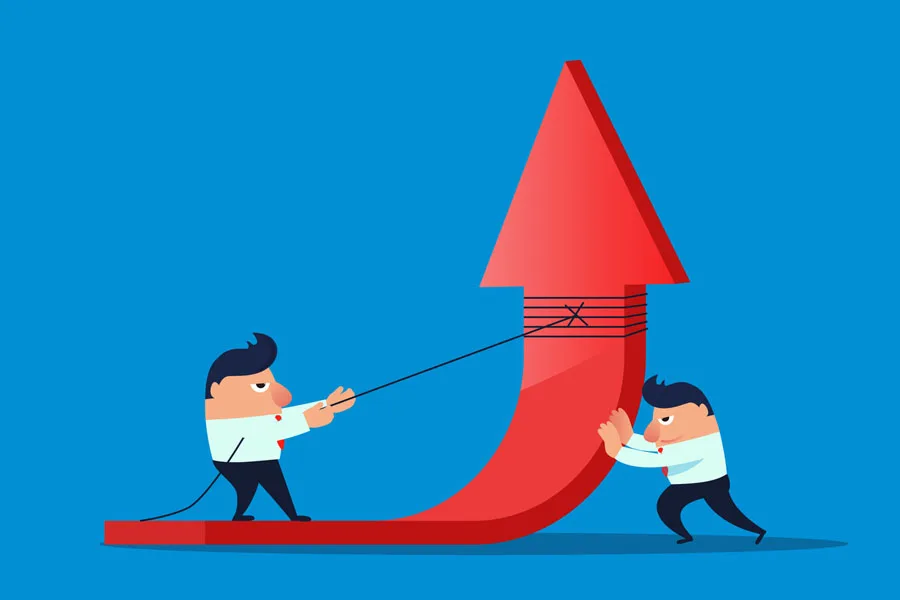
Conversion rate optimization, or CRO, involves optimizing your website to increase the number of visitors who perform desired actions. Online traffic can be unpredictable in today’s world. If you can’t get users into your conversion funnel on the first try, their chances of returning and performing the desired actions are minimal.
However, increasing these chances can be achieved by implementing successful conversion optimization campaigns. A good conversion rate campaign will save you time, money, and effort and help you discover new strategies to help you grow your business.
In short, CRO assists you in understanding your website’s performance with data and analytics from powerful tools like Google Analytics to improve the user experience and achieve your optimization goals.
Why is conversion rate optimization important?
Conversion rate optimization is an essential digital marketing strategy with several advantages for your business. Some of the benefits of using a CRO strategy include the following:
- Lower cost of acquisition: Improving your website’s conversion rate is a way to reduce your customer acquisition costs through social media or PPC ad campaigns. This is because your main focus is turning your visitors into customers.
- Better user experiences: CRO efforts often involve improving elements of your website, such as fixing a broken link or simplifying the checkout process. Addressing these pain points can drastically enhance a user’s experience, leading to a high number of conversions.
- Improving marketing ROI: By optimizing your conversion rates, you utilize the potential of your prospects by converting them into paying customers, enhancing the effectiveness of your marketing campaigns.
- Improved competitive advantage: Today’s online landscape is highly competitive, and having a website that converts is crucial. This gives you an added advantage, making you stand out.
- Increased sales: Increasing your conversion rate leads to more sales. The more people that convert into paying customers, the more revenue from your sales.
Where to implement a CRO strategy
There are several areas on your website where you can focus your efforts when implementing an effective CRO strategy. Some of the areas in which you can implement a conversion rate optimization strategy are as follows:
1. Landing page
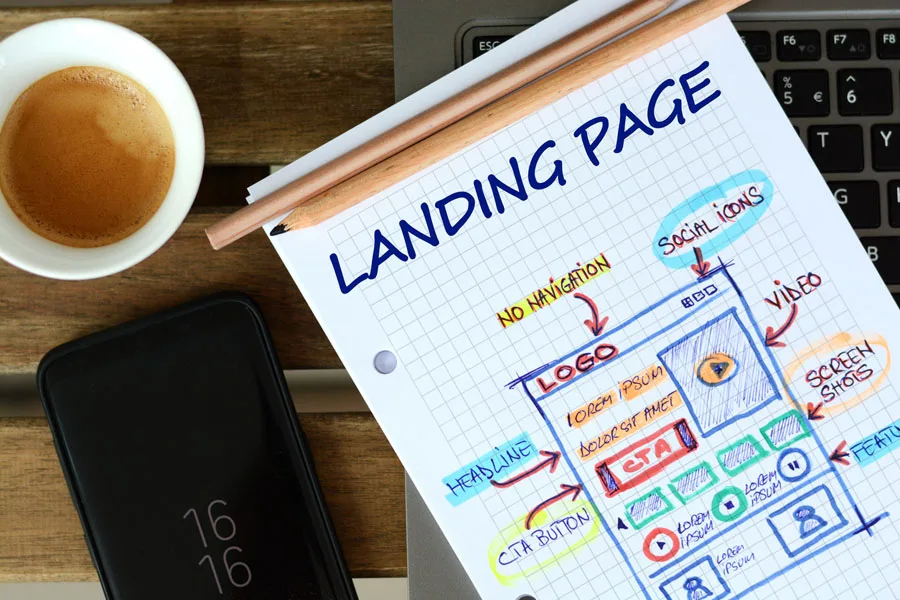
Landing pages are crucial for converting visitors to customers, which is why they have the highest conversion rate for signups at 23%. It is the first thing your visitors see when they open your website, and its design determines whether they will take the desired action.
By optimizing your page design, you can enhance your users’ experience and increase the chances of visitors converting into clients.
2. Forms
Web forms are crucial lead funnel magnets that 74% of companies use for lead generation. Furthermore, 49.7% of the companies state that online forms are the highest-converting lead generator.
When properly designed, forms can increase your conversions. Minimizing required signup fields, creating neat and aesthetic lead capture forms, and adopting one-click form submissions using Facebook or Google SSO (single sign-up) are some of the different ways you can optimize your forms for maximum conversions.
3. Call-to-action
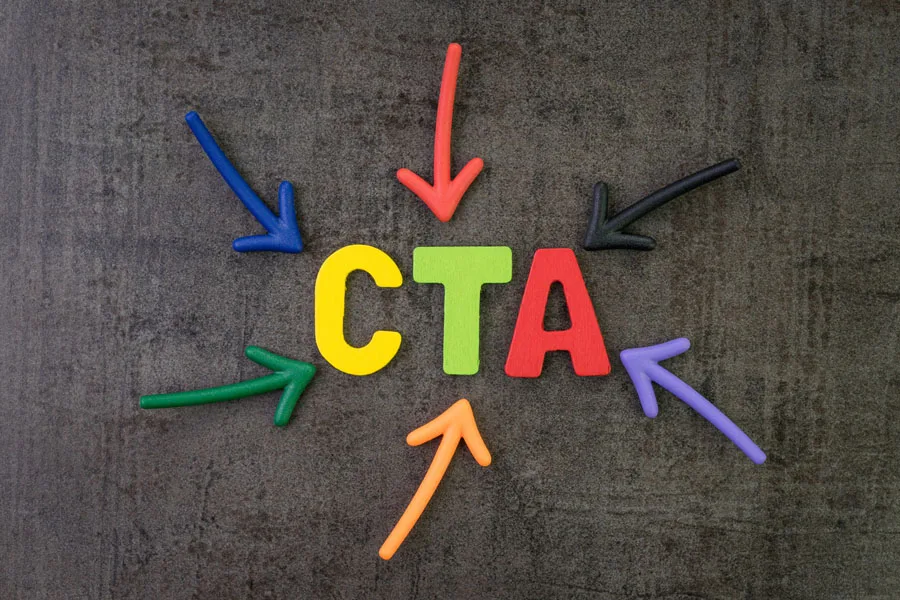
A call-to-action is a clickable button or text that prompts customers to take action, like subscribing to a newsletter, buying a product, or booking a seminar. While they are vital drivers for conversion, you can make them clear, visible, and compelling to encourage customers to take action, thus boosting your conversion rates.
4. Product page
If you sell products, a product page is an avenue for converting audiences into customers. On the product page, you should provide clear and detailed product descriptions. This fosters trust and credibility with your visitors, making them more willing to convert and become customers.
5. Checkout process
Every e-commerce site has a systematic way in which customers transition from adding a product to a basket to eventually paying for the item or service. Making the checkout process smooth with a few steps can improve your conversion rate and eliminate the chances of shopping cart abandonment.
9 powerful strategies to boost your conversion rate
CRO focuses on helping you turn your audience into customers. Doing this enables you to improve your bottom line and customer satisfaction. Below are nine crucial steps you can take to help you get better results from your optimization campaigns.
1. Incorporate text-based CTAs within your blogs
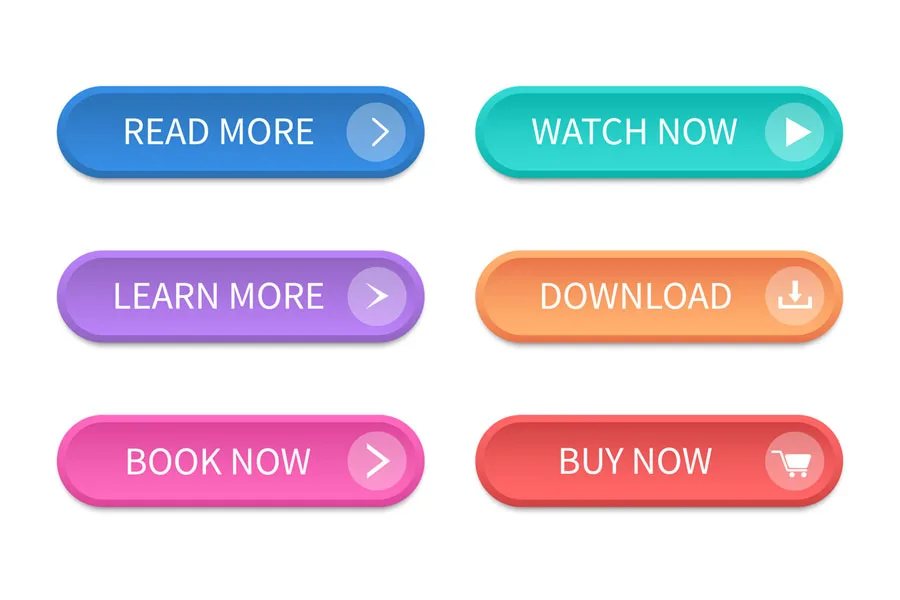
Using text-based call-to-action buttons within your blog posts is a tactic to move more people down your marketing funnel. They are different from traditional call-to-action buttons in that they blend within your published blog content, making it easy to highlight a specific action you want your visitors to complete.
You can strategically place text-based CTAs at the end of articles to motivate them to take action, like purchasing a product, downloading an ebook, or subscribing to a newsletter.
For instance, Hubspot witnessed a 98% boost in captured leads through anchored CTAs placed within their blogs compared to 6% from banner CTAs.
By making it easy to capture your users’ attention, they become more inclined to react, making conversions possible.
2. Remove distractions where possible
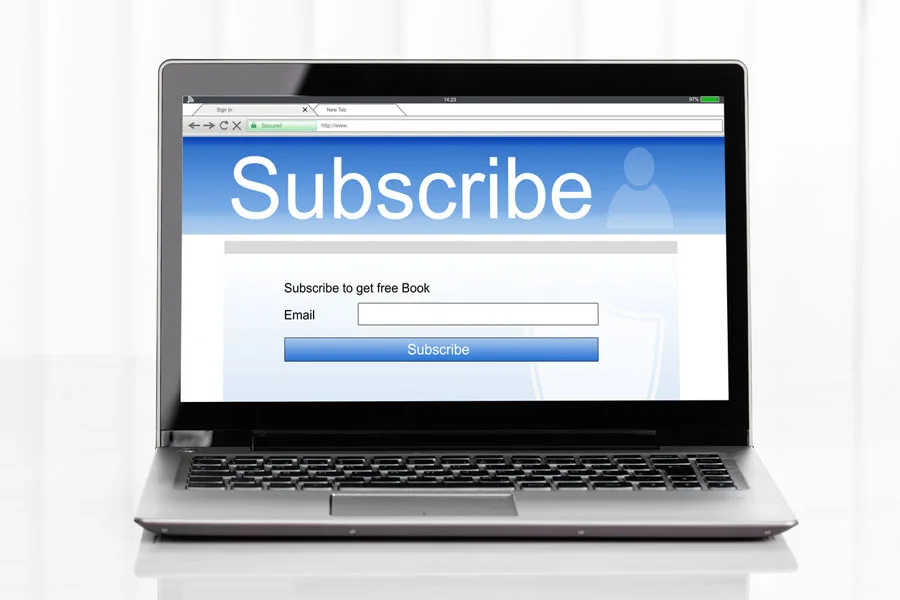
Pop-ups, flashing banners, and too much content are some distractions that can lead to your conversion rates taking a nosedive. These distractions make it difficult for visitors to focus on what is essential, thus decreasing your conversion rate.
Simplifying your website design and eliminating unnecessary elements to enable a clear and focused visitor experience removes distractions. An uncluttered layout space with white space around the call-to-action buttons is a tactic you can use to boost the chances of customers converting.
As reported by VWO, Open Mile saw a 232% increase in conversions after removing clutter and adding white space around the CTA on their landing page. This way, their customers can concentrate on the products and services they are offering and take the necessary action without getting distracted.
You can also tweak your checkout pages by removing friction-causing elements that could hurt your conversion rate. MecLabs, an online retailer, improved their checkout completion rate by 10% and their revenue per visit to the checkout page by 19.5% by removing navigation bars that were possible exit points for their visitors. Therefore, reducing on-page distractions is important to help improve your conversion efforts.
3. Share social proof
Sharing social proof on your website is a way to display evidence that other people have had positive experiences with your product or service. Social proof can include customer reviews, testimonials, or pictures of happy customers using your product.
When potential customers visit your website and see that others have had a good experience, it builds trust.
This trust is crucial for convincing people to act, such as by purchasing or signing up for a service. Market experts reveal that social evidence can increase sales revenue by up to 15%.
Therefore, when visitors see that others have already benefited from what you offer, they feel more confident and comfortable doing the same. This increased trust often leads to a higher conversion rate, meaning more visitors become actual customers.
4. Use retargeting to re-engage visitors
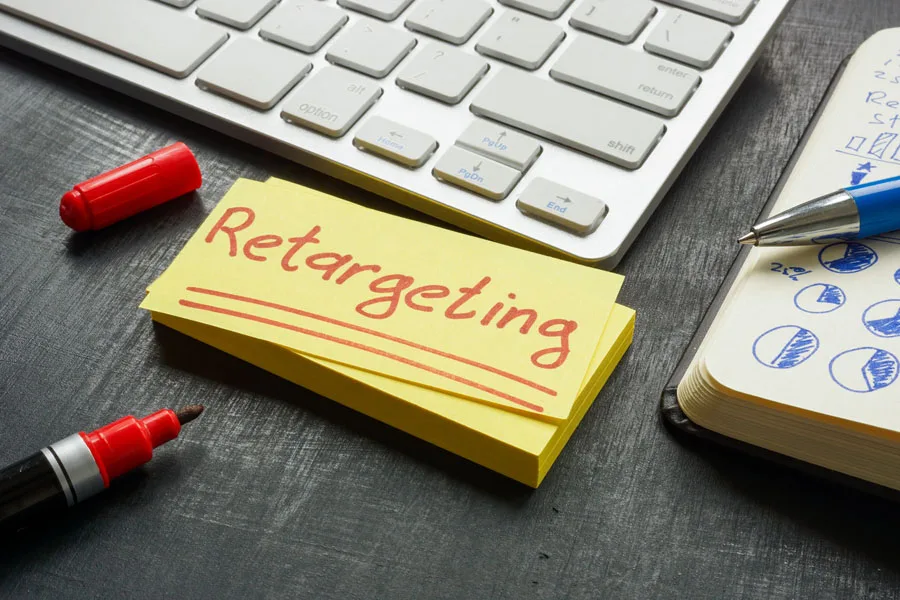
Retargeting is a crucial conversion rate optimization strategy for re-engaging visitors who have previously interacted with your website. It entails tracking users who have visited your site, and then displaying targeted ads as they navigate other websites.
The key to successful retargeting lies in focusing on individuals who have visited your highest-converting web pages. This approach capitalizes on the fact that these visitors have already shown interest in your offerings, making them more likely to convert when presented with a relevant ad.
Now, let’s talk tactics. Inbound marketing fundamentals still apply: your ad copy needs to be compelling and visually engaging, and the offer should be irresistible.
Take the case of United’s successful retargeting campaign. They utilized insights from previous ad campaigns to target visitors who had interacted with their content and were contemplating a vacation.
United’s strategy involved promoting a 15-second video with a clear call to action to this select audience. The ad aimed to inspire viewers to take action and book their vacation. Users were seamlessly redirected to the United website by clicking on the call-to-action.
The results of the retargeting campaign were impressive, with 52% of conversions attributed to YouTube being click-through conversions directly from the ad.
This success story underscores the prowess of retargeting in bringing back potential customers and ushering them toward conversion, ultimately elevating your overall conversion rates. So, the next time a visitor slips away, let retargeting be your silent persuader to bring them back into the fold.
5. Align content with what users expect

Aligning your content with your audience’s desires is crucial for digital marketing and conversion. Understanding the specific needs and interests of your target audience is necessary so that you can create content that resonates on a deeper level.
This relevance is not just about catering to their wants, but also establishing a connection beyond transactional interactions. When qualified leads find content that addresses their concerns, it builds trust and credibility. Trust signals are critical conversion factors, as users are more likely to convert by 200% when they trust your brand and believe in the value you offer.
In addition, crafting content that resonates with your audience leads to increased engagement. Content that aligns with the user’s interests is more likely to grab their attention and encourage interaction. Whether through blog posts, videos, or social media, engaging content keeps users glued to your website for longer, maximizing the chances of them converting to customers.
6. Provide 24/7 live chat support

According to research by the American Marketing Association, incorporating live chats into websites can increase conversion rates by 20%. You can make the most of your potential customers by providing 24/7 live chat support to improve your conversion rate.
With a 24/7 live chat support system, customers receive immediate assistance, especially when considering a purchase. They can get instant responses to their questions or concerns, which reduces the chances of abandoning their purchase due to uncertainties.
Live chat is also a form of conversational marketing, and you can use it to guide prospects through the sales funnel.
Sales agents can offer product recommendations, address their concerns, and provide additional information, which aids customers in making informed decisions, thus facilitating the conversion journey.
Examples of live support systems you can implement include chat widgets, chatbots, human agents, customer service email addresses, and phone contacts. Overall, providing live chat on your online store can streamline communication, improve customer support, and contribute to a more satisfying and seamless online shopping experience, ultimately influencing conversion rates positively.
7. Improve page load speeds and optimize for mobile
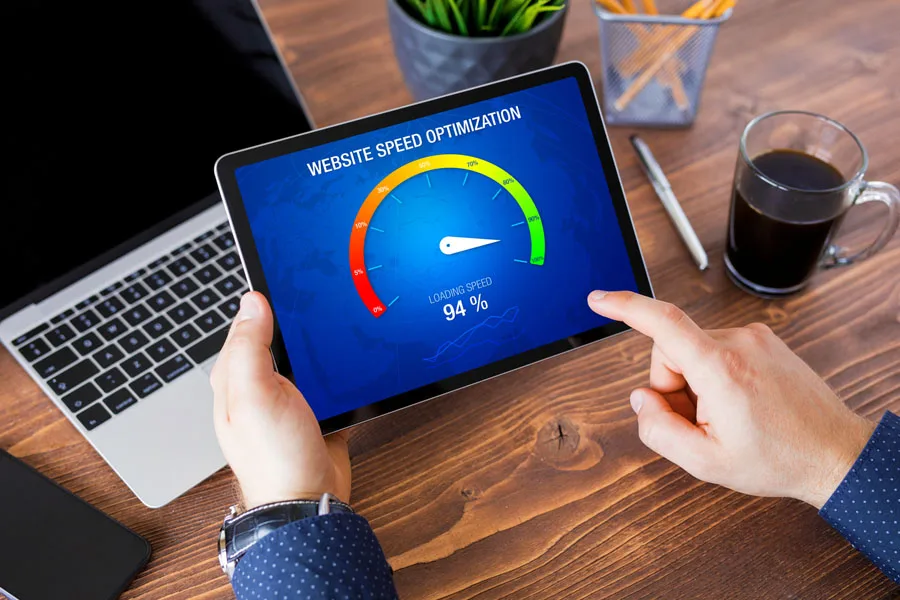
Optimizing page load speeds and ensuring mobile responsiveness are vital factors for enhancing customer experience, significantly contributing to increased conversion rates by a possible 17%.
This is because 1 in 4 users will abandon websites that take more than four seconds to load up, and if your site takes too long to open, it can affect your bottom line. Faster page load speeds improve user satisfaction, which encourages them to stay on your site.
In addition, it is good for search engine optimization since search engines like Google consider page speeds as a ranking factor. Faster websites are more likely to appear higher in search results, potentially increasing organic traffic.
According to statistics by Think with Google, bounce probability increases by 32% if a page load time increases from 1 to 3 seconds. By 5 seconds, it will likely increase by 90%. A faster website thus reduces bounce rate, making customers more likely to explore your page if they experience quick loading speeds.
How can you increase your site’s loading speed? You can use tools like PageSpeed Insights to check your website’s load time. This tool provides a report on the time it takes to load as well as details of what is slowing down the site.
Tactics you can employ to increase load times include compressing images and reducing the number of elements on a web page.
With the increasing number of smartphones, more than 54% of web traffic comes from mobile devices, and mobile optimization has become a must for businesses. Like responsive sites, an optimized site dominates mobile traffic, is SEO-friendly, and enhances engagement.
To improve your mobile page quality, implement a responsive design that adapts to various screen sizes and ensures that text, images, and other content are easily readable.
8. A/B test your landing pages
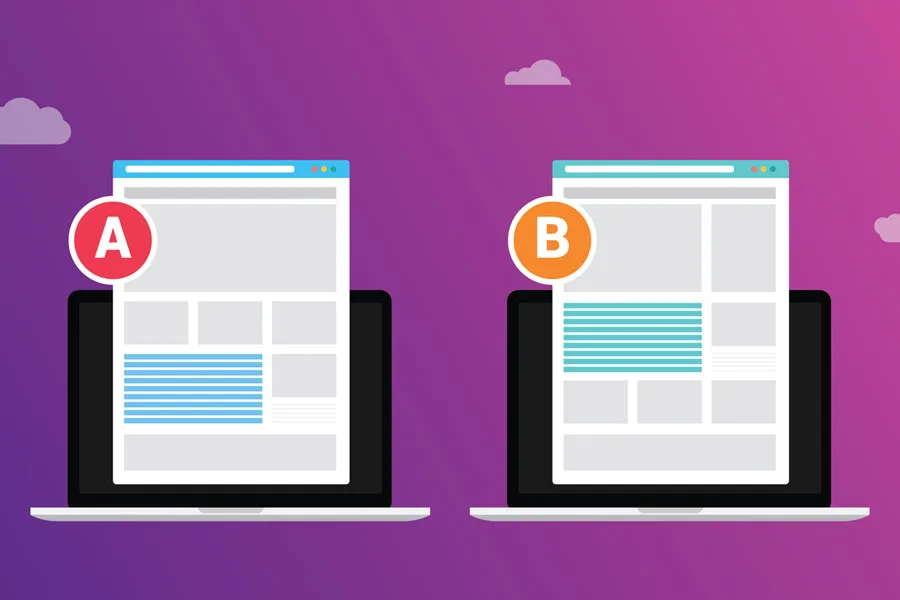
A/B testing, or split testing, is a technique used to compare two versions of a webpage or other marketing elements to determine which one performs better in achieving your goals, such as conversions.
Applying this strategy to your landing pages helps optimize your website and boost conversion rates.
Here’s how you do it: when split testing your landing pages, first define the goals you want to achieve, whether it’s increasing your purchases, sign-ups, or engagement metrics.
Create two versions of elements you want to test, each containing a distinct element you want to test, such as a heading, call-to-action button, color scheme, or images.
Assign random visitors to version A or B and allow both groups to run simultaneously for a specific duration of time. Then, track the performance using key metrics to determine the most effective version.
Once you identify the winning version, implement the necessary changes. It might involve updating the entire page or specific elements that proved effective.
Companies like Ubisoft Entertainment, a popular video game company, increased their conversion rates from 38% to 50% and lead generation by 12%, thanks to A/B testing.
By systematically testing and optimizing your landing pages through split testing hypotheses, you can make data-driven decisions, improve user experience, and make the most of your visitors. Remember that A/B testing is an ongoing process; thus, regularly test and optimize your pages to adapt to changing consumer behavior.
9. Give offers and discounts to entice visitors
Consumers love saving money, and there is no better way to help them save a buck while shopping than by offering them a coupon or discount code. These offers can attract your visitors, encourage them to act, and drive up your conversion rate.
When providing these offers, using urgency and scarcity is one of the best practices to make them effective. By making them available for a limited amount of time, it prompts potential consumers to make a decision quickly before the offer expires. Similarly, limited availability makes the product more desirable, therefore encouraging conversions.
Most retailers, including Amazon, use this strategy where their products show “limited availability” or “out of stock.” Studies have shown that scarcity marketing can improve conversions by up to 33%. Therefore, tap into FOMO and see your conversions skyrocket.
Conclusion
As an e-commerce business owner, you want more people clicking that link or call-to-action button. This article has looked at nine conversion rate optimization techniques that work universally. By implementing any of the strategies in this article, you can make the most of your visitors and make them perform the desired actions. Feel free to experiment with different elements to see what works best for your users.





 বাংলা
বাংলা Nederlands
Nederlands English
English Français
Français Deutsch
Deutsch हिन्दी
हिन्दी Bahasa Indonesia
Bahasa Indonesia Italiano
Italiano 日本語
日本語 한국어
한국어 Bahasa Melayu
Bahasa Melayu മലയാളം
മലയാളം پښتو
پښتو فارسی
فارسی Polski
Polski Português
Português Русский
Русский Español
Español Kiswahili
Kiswahili ไทย
ไทย Türkçe
Türkçe اردو
اردو Tiếng Việt
Tiếng Việt isiXhosa
isiXhosa Zulu
Zulu